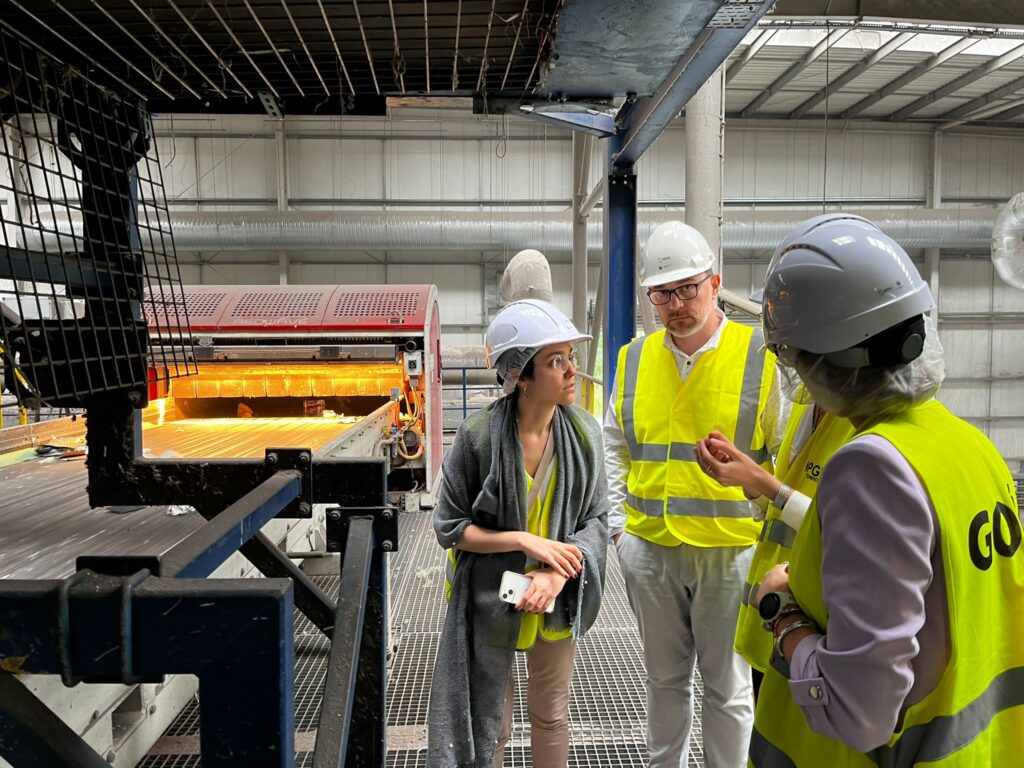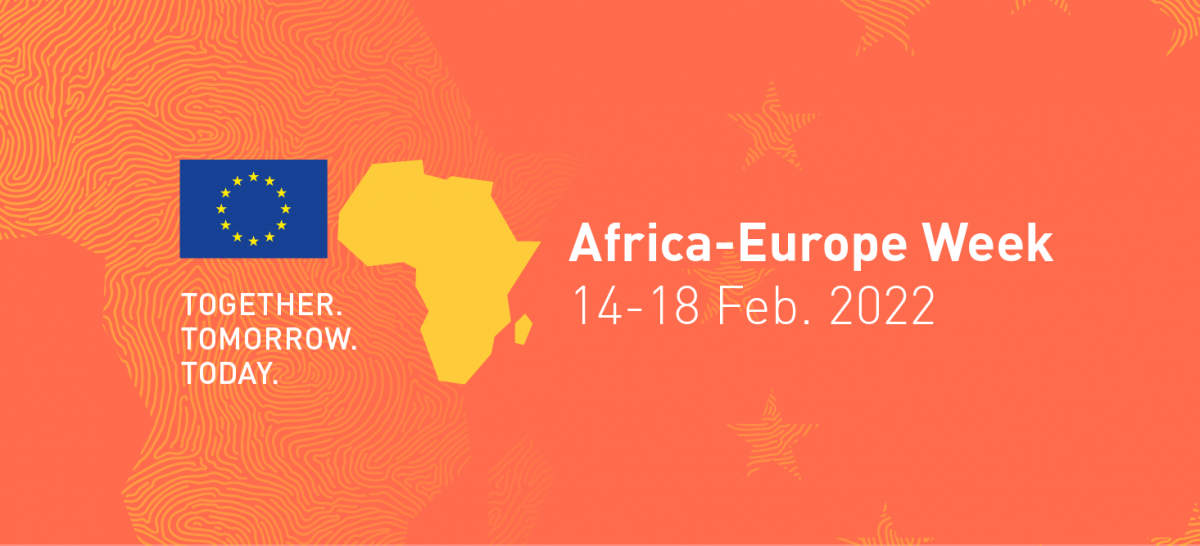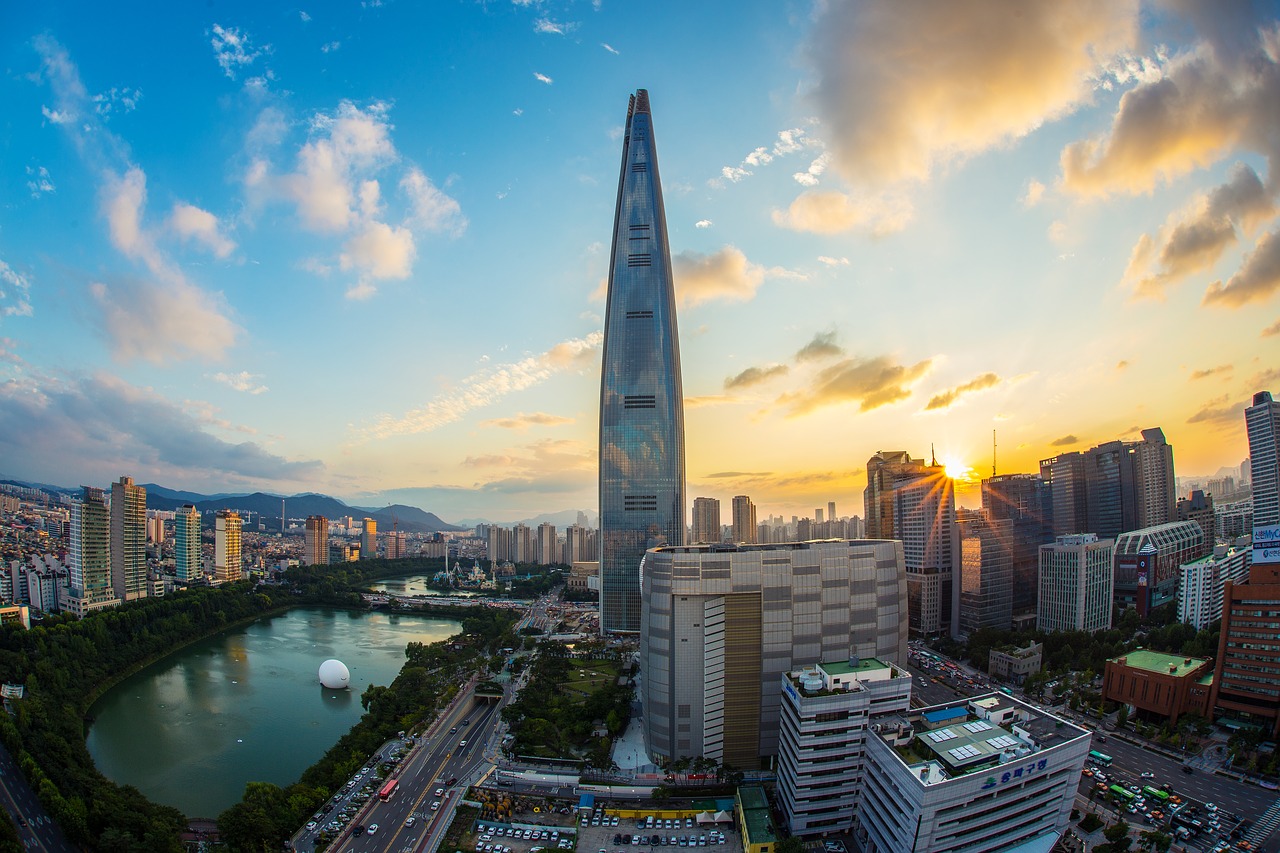Katowice and Santa Fe Forge Transatlantic Climate Exchange

In a city-to-city collaboration spanning two continents, Katowice and Santa Fe have teamed up to share solutions on climate change through the Global Covenant of Mayors’ Cities Meet Cities (CmC) initiative. Over the past year, delegations from each city visited the other to trade best practices on everything from community climate education and waste management to public space revitalization and flood resilience. The exchange has not only sparked new ideas in both municipalities but also cemented a lasting partnership. Santa Fe’s Mayor Juan Pablo Poletti called the visits “an opportunity to learn from each other and share experiences about environmental care and the impact of climate change.” Katowice’s Mayor Marcin Krupa likewise praised the Cities Meet Cities exchange, noting, “Thanks to initiatives like this, we can meet and exchange experiences.”
Community Education and Green Urban Revitalization
During Santa Fe’s visit to Katowice, the Polish city showcased how a once coal- and steel-dependent economy has reinvented itself as a hub for sustainability and innovation. “Katowice has transformed from a strictly industrial city to a sustainable one, built on modern technologies,” said Mayor Marcin Krupa. Santa Fe’s delegation toured key sites reflecting this transition: a state-of-the-art waste treatment plant, newly developed urban parks, and forested areas that now cover nearly half of the city’s territory.
Katowice currently recycles around 35% of its municipal waste, forming part of a broader circular economy approach. Tools like mobile recycling apps and a well-enforced fine system have strengthened local participation. For Santa Fe officials, seeing Katowice’s integrated waste system was eye-opening.
Climate education also emerged as a major highlight. In 2022, Katowice introduced a nationwide first: a climate-focused curriculum integrated across subjects in grade 7 classrooms. “We run a wide-reaching educational program, especially for children and young people,” explained Mayor Krupa. Topics like consumerism, biodiversity loss, and the energy transition are taught both in classrooms and through hands-on workshops hosted by the city’s ecological education center. The goal is to foster a sense of agency among students. Santa Fe, which also has a strong environmental education offering, was particularly interested in this cross-disciplinary approach.
Urban revitalization rounded out the visit. Santa Fe officials walked along the rejuvenated Rawa River corridor, which is being transformed into a green science zone, and through renovated public spaces like Mariacka Street and the historic Nikiszowiec district. Once a miners’ neighborhood, Nikiszowiec is now a model of just transformation. With 45% of its land area now designated green space, Katowice is focused on both livability and climate resilience.
The visit concluded at the Kato Science Corner, where Santa Fe’s delegation met researchers involved in sustainability innovation. They especially highlight the good practices shared in terms of waste management and renewable energy and hope to continue promoting these issues in their city. Katowice left a lasting impression as a city reshaping its identity through climate action and community empowerment.
Citizen Engagement, “Ecopuntos” and Climate Resilience in Action
When Katowice officials visited Santa Fe, they encountered a city leading with community-driven climate action. Upon taking office, Mayor Juan Pablo Poletti noted a lack of public engagement in waste issues and responded by launching a campaign for a “Cleaner Santa Fe.” Over 450 institutions, including schools, sports clubs, and cultural groups, gathered at the Municipal Theater to publicly pledge improved habits. This broad coalition laid the foundation for impactful initiatives that impressed Katowice’s delegation.
One standout is “Trash, Neighborhood by Neighborhood,” a door-to-door outreach program led by student volunteers from the National University of the Littoral. These teams engage residents directly, encouraging them to sort their waste, sign clean-up pledges, and adopt better disposal habits. “We go to each neighborhood, ring doorbells, talk to people, and get them to commit to proper waste practices,” explained Santa Fe’s Secretary of Environment, Guillermo Ferrero. Katowice’s delegation took particular interest in this grassroots model and its tangible effect on public behavior.
Another highlight was Santa Fe’s hands-on approach to environmental education. The Katowice team joined students at the Environmental Education Center, a facility located at the city’s landfill. Each week, schools visit for guided workshops in waste separation and recycling. “Everyone who visits the landfill comes back a little sad, because we know we can do better,” said Secretary Ferrero. The initiative has had a clear impact: “Between late 2023 and 2024, we increased recycling by 20%,” reported Mayor Poletti. A dedicated “Munibús” ensures all schools can access these lessons. A second center is now under development in the city’s Botanical Garden.
That garden also hosts twin arboretums, one of native species, one of European plants, created in partnership with Grand Poitiers, France, through the CARBOC program. These serve as educational tools and symbols of responsible international cooperation. During their visit, Katowice officials learned how Santa Fe is teaching biodiversity and climate literacy through interactive public spaces.
Santa Fe also shared its “Ecopuntos” network, green drop-off stations offering seedlings or plaques in exchange for recyclables, and visited the Western Urban Nature Reserve, a restored landfill that now mitigates floods. From global initiatives like Urban Ocean to local ingenuity, Santa Fe showed how citizen engagement and innovation go hand in hand, a message that clearly resonated with its Polish guests.
Looking Ahead: Collaboration as a Catalyst for Climate Action
As the exchange came to a close, both cities lauded the long-term value of their partnership under the GCoM umbrella. What began as a technical knowledge swap has evolved into a friendship – one backed by a formal cooperation agreement and mutual resolve to keep learning from one another. Officials in Santa Fe describe the experience as very relevant, providing valuable information for their environmental and international relations teams. They are already incorporating ideas from Katowice’s playbook – for instance, exploring how to boost the city’s recycling capacity and how to produce energy from waste, inspired by Katowice’s success.
On the other side, Katowice’s officials were impressed by Santa Fe’s grassroots engagement and adaptation projects. Mayor Krupa remarked that together with Santa Fe’s mayor, “we have exchanged interesting projects and ideas” and he hopes to implement some of them in Katowice. He was particularly struck by how Santa Fe mobilized hundreds of institutions and volunteers toward a cleaner city, as well as the Argentine city’s inventive use of greywater reservoirs to reduce flood risk while greening vulnerable neighborhoods.
Both municipalities gained practical knowledge that no textbook or webinar could convey. They also found affirmation that many of their climate goals, from cutting emissions to educating citizens, are shared across cultures and hemispheres. This has energized them to push ahead. “Only through cooperation can we create an environment that supports the fight against climate change,” Mayor Krupa observed, reflecting on the exchange. “We still have a lot to do,” he noted, “but above all we want to inspire other cities within the Global Covenant of Mayors.”


